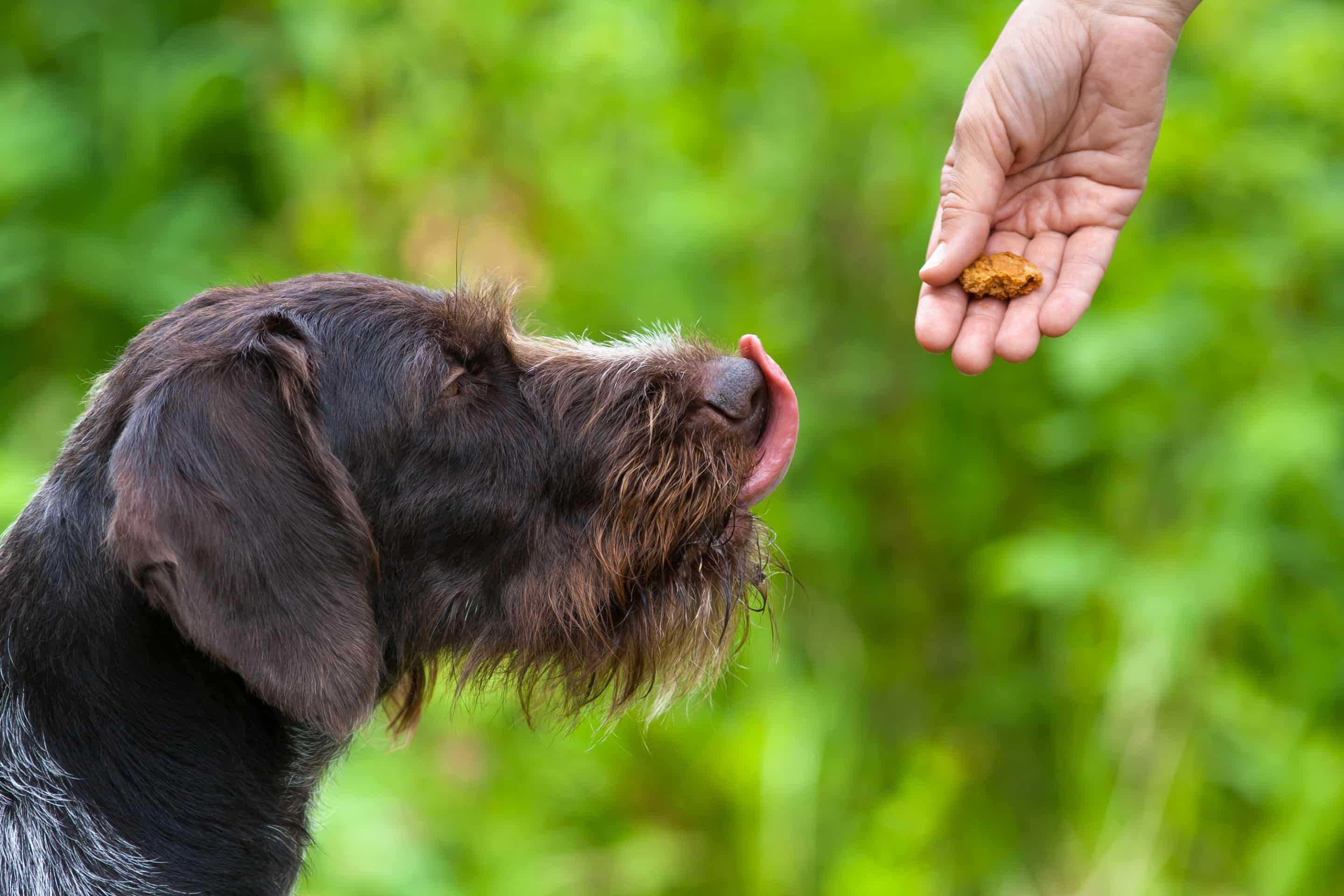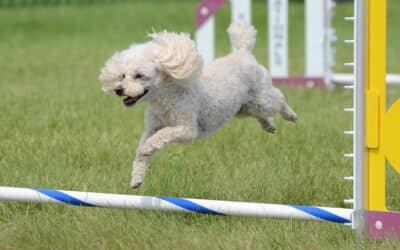Everyone loves being rewarded for a job well done, and your dog is no different! The right reward, given at the right time, will motivate them through training while reinforcing the behavior and skills they learn in each session.
But timing is just one part of rewarding effectively. What you offer matters too, as does placement and frequency. It also helps to know what to avoid so you don’t reward things that may create problems down the line.
If that sounds like a lot to keep in mind, don’t worry! We’re going to simplify everything you need to know to keep your pup happy while getting the most out of agility training. It all starts with why dogs respond so well to positive reinforcement, and why some rewards work better than others.
Rewarding – You Can’t Fool Your Dog
Dogs don’t do anything because we tell them to do it, they do it because they feel like they benefit from doing it. Likewise, we can only reward them in ways they appreciate and love.
Most dogs are great communicators, but the words we say don’t have any real value. Praise comes from the tone, gestures, and emotion we add – that’s what they interpret in a positive light.
The best way to reward your dog is with things they value. If you’re proud of their progress, express that as genuinely as you can. Remember: the most valuable reward is the one that gets your dog’s tail wagging.
Where To Reward Your Dog
Think carefully about the goal you want to achieve when rewarding your dog. When teaching your dog new things, it’s possible to steer their focus by placing the reward where you want them to look or go next.
A toy behind a straight tunnel will help them go through the tunnel. It’s the quickest route to the reward, and they get to earn it along the way. Placing the toy after an obstacle can even help reinforce obstacle focus and independent obstacle performance.
On the other hand, holding a treat between your fingers gets your dog to look at your hand. This makes it easier to refocus them on you, especially when you need their attention for the next instruction.
Rewarding to Build Drive and Encourage Results
Each reward your dog gets reinforces the behavior they associate with it, so be mindful of what you’re rewarding. It’s often said, “you get what you reinforce”. When it comes to dog training, the goal is to motivate them to repeat the behavior that earned the treat.
When planning an exercise, try to plan the reward so that it serves a purpose when your dog gets it. One dog might be motivated by treats but distracted by toys. Another may look at you for emotional cues to work out if they did a good job.
That’s one reason we emphasize getting to know your dog’s perspective. Watch to see what drives your dog and builds excitement for each training session. If your dog is food-motivated, what’s their favorite treat? Which toy excites them the most?
When the reward is meaningful, so is the behavior that goes with it.
When to Reward Your Dog
While we can never love our dogs too much, over-rewarding can cause problems that make handling harder. There’s a fine line between positive reinforcement and staying focused on the task. Striking the right balance starts with matching the value of the reward to the task itself.
Reward your dog generously for doing the hard things well. It’s a great way to show them love and reward their perseverance. This also applies to unfamiliar tasks.
When teaching new techniques, rewarding your dog more frequently will give them the confidence to try again. Most times, a mistake during training comes from miscommunication or a less-than-ideal set-up of the exercise. Try to create an environment in which your dog will easily succeed at the task you are asking them to do.
We talked about the difference between “thinkers” and “doers” in a recent webinar and it helps to know both learning styles. Thinkers like to get things right the first time, so they tend to need encouragement when you want them to repeat the behavior.
Doers, on the other hand, have no problem exploring as they go, but reinforcing this can cause issues with following your handling. Every dog has a personality that makes some parts of training easier than others. Rewarding them for the challenges they overcome keeps the focus on the lessons they’ll benefit most from.
Once your dog already understands the thing you’re teaching them, you can decrease the frequency of rewards. This way, you can emphasize the next obstacle and motivate them to keep going forward.
Why We Only Focus on Positive Reinforcement
No one likes to hear negative things when they’re trying their best. With us and our pets, “No” can be a demoralizing word when what we truly need is support, so aim to keep every session positive, happy, and fun.
Your dog will perform best when they’re excited about rewards, not fearful. Remember: the goal is to reinforce positive behavior with something your dog wants. If the reward is valuable to them, they’ll keep trying, and that’s an attitude worth praising.
Positive rewards motivate, but turning them negative only adds stress to dog training. When dog associates a reward with a bad thing, they’ll hesitate to pick it up or look for it. This means they’re less focused, demotivated, and worried when they should be looking forward to the thing that makes it all worthwhile.
Let Your Dog Choose the Reward
It’s okay if you don’t pick the right reward the first time around. We don’t always know what our pets respond best to, especially when we put them in a new environment with potential stressors. The most important thing is to not assume one way or the other.
Let your dog choose their reward. It should be something they find worth pursuing, something that fits with their personality and preferences.
Take food, for example. Our canine companions have a much sharper sense of smell than we do. Something we find tasty to our senses may not be as appealing to them, and vice versa.
Some dogs love physical touch, others get stressed out by too much contact. Your dog might even be picky about where you can scratch them, or when. You can learn everything you need to know by paying attention when it’s reward time.
Make a note of what works, what doesn’t, and what could work better next time. Our dogs are constantly communicating these things, even when they aren’t telling us. More often than not, they’ll tell us exactly what they think of each reward.
Fill out the form below to join our Magical Connection Week email series to build a stronger bond with your dog. We will send you 7 days of FREE fun challenges, videos and training ideas!




